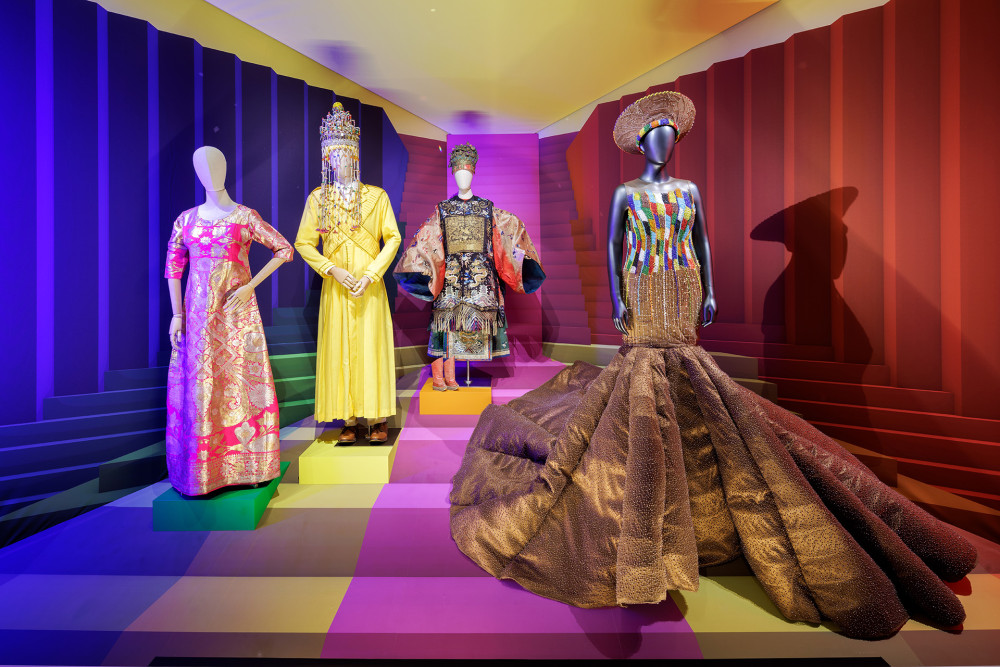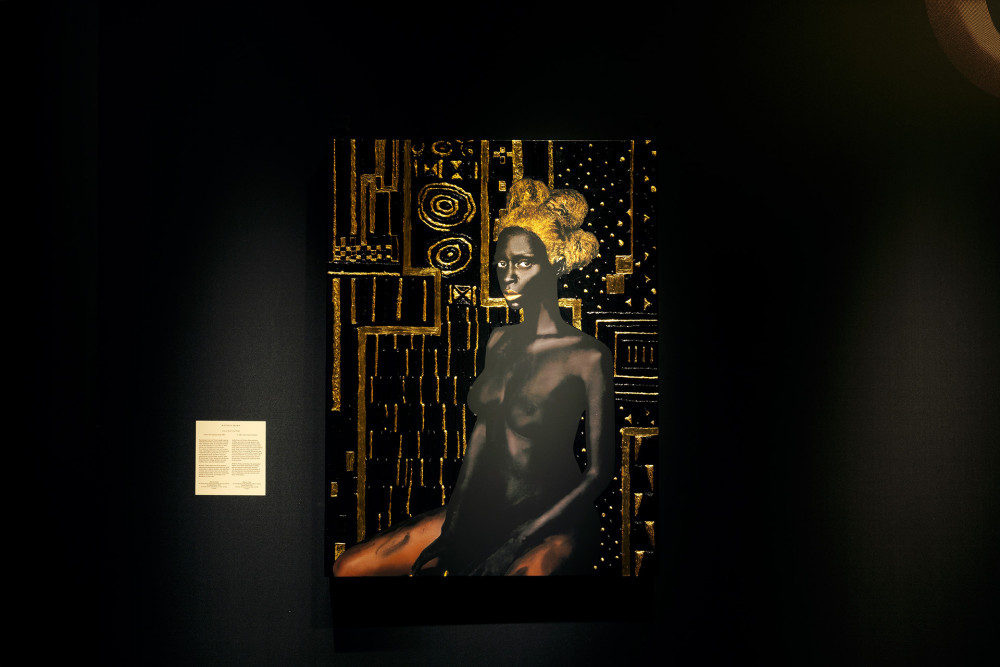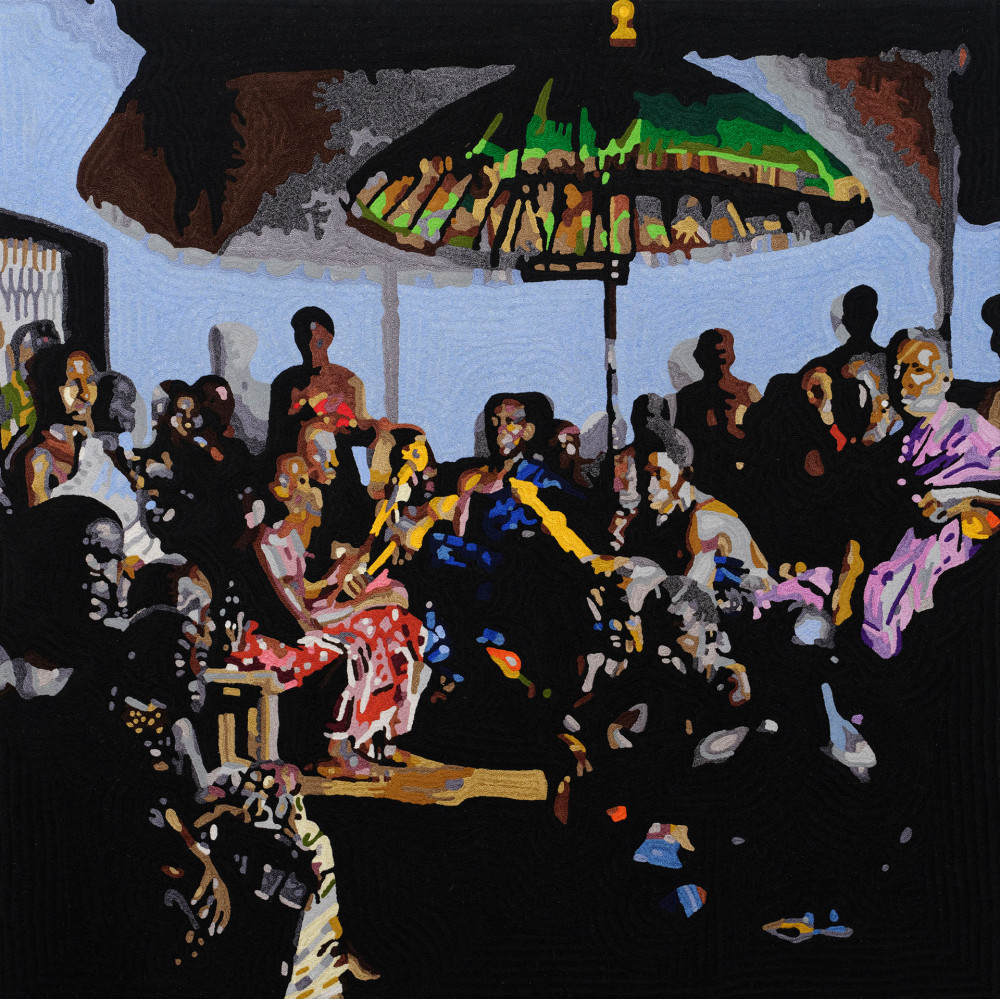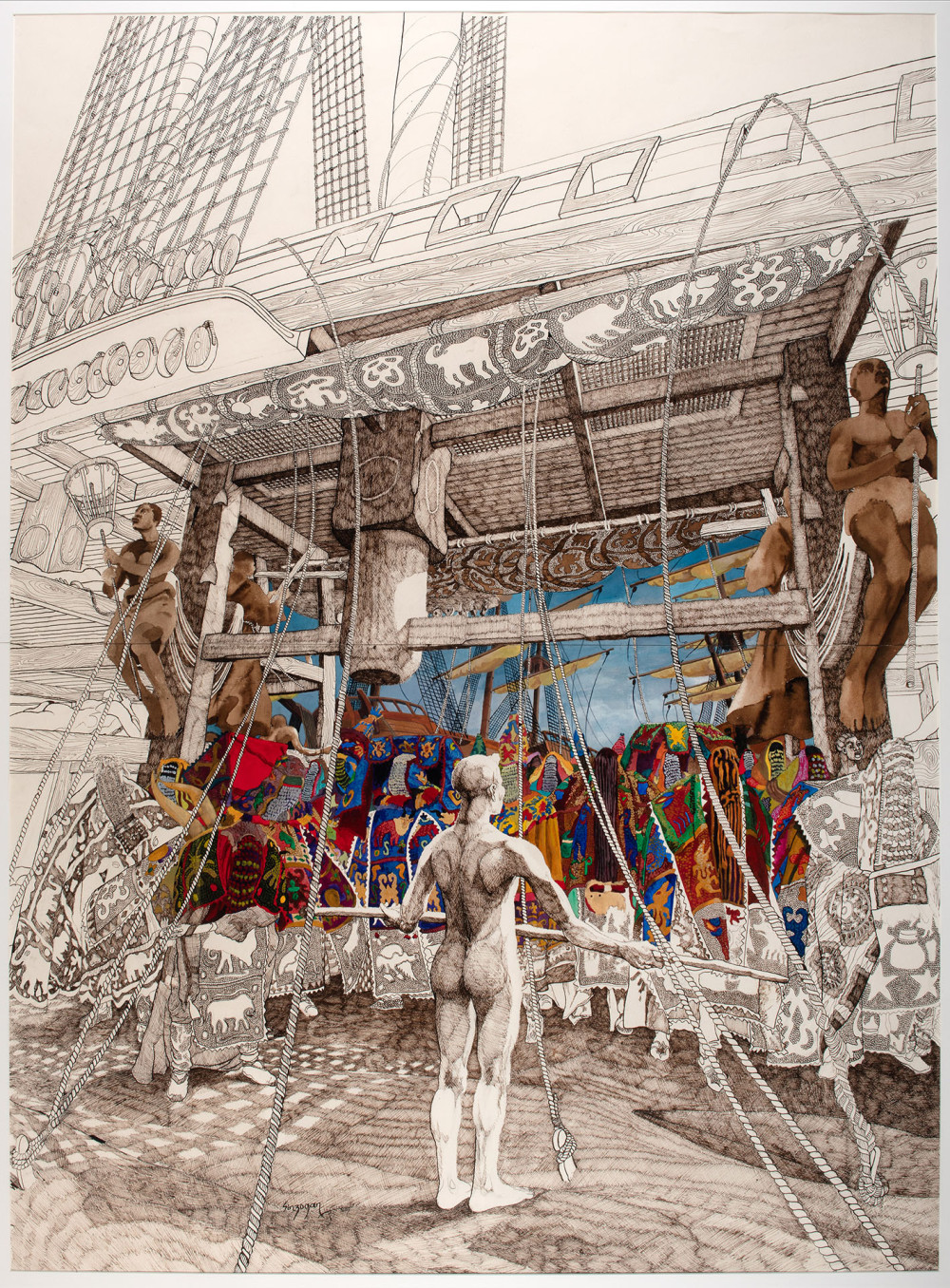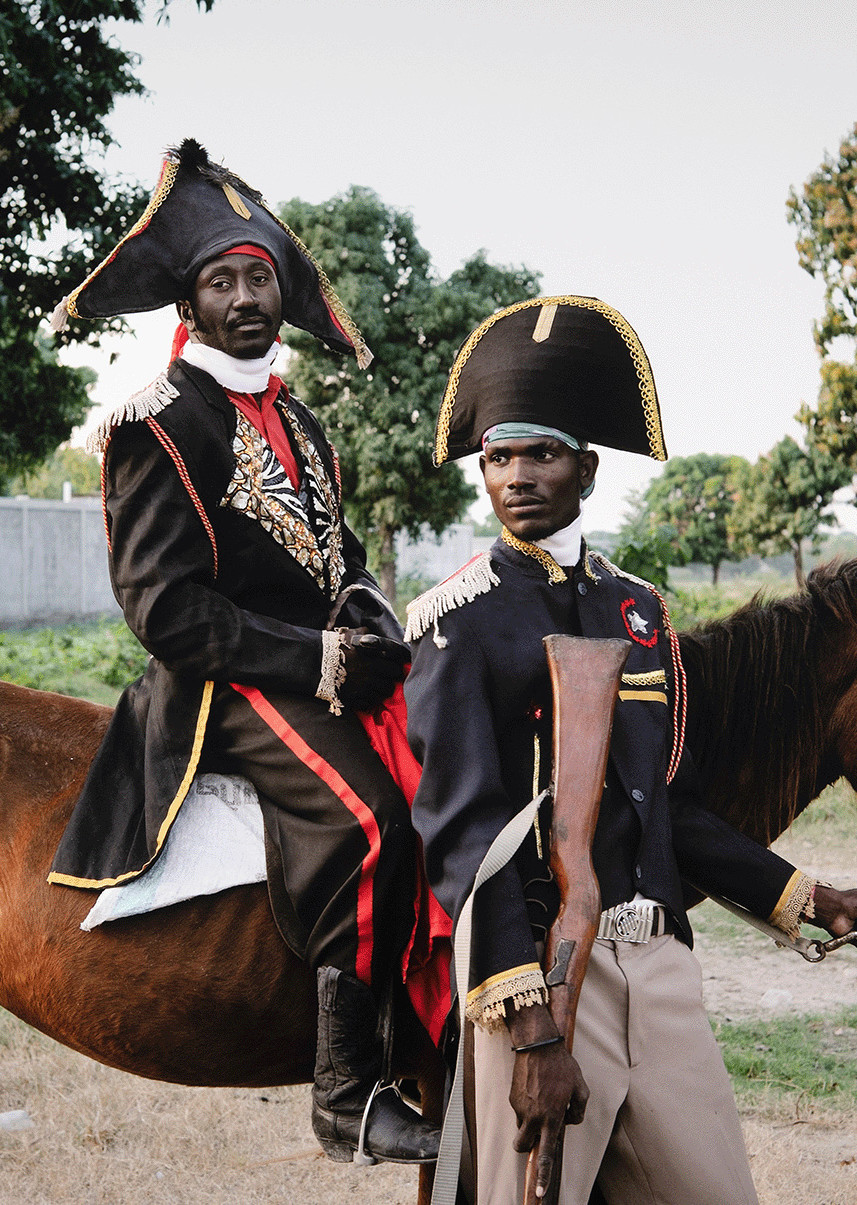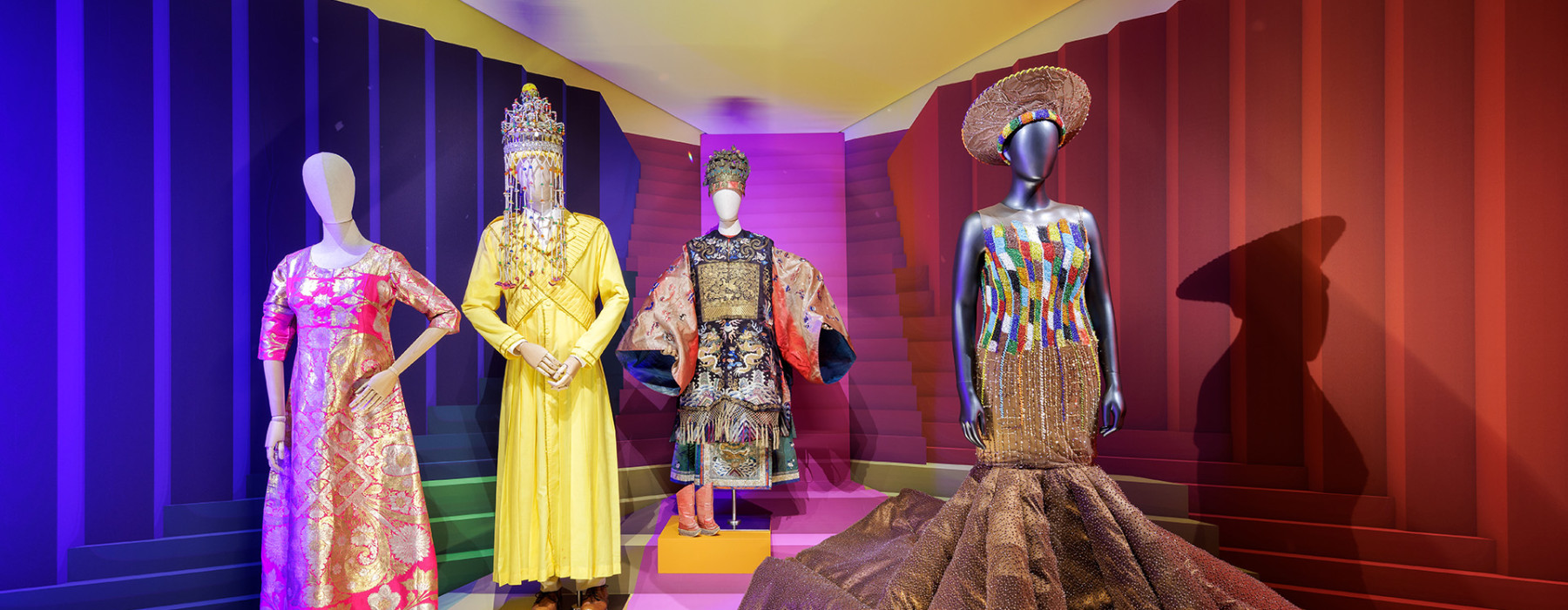
Bayanda Khathini is a designer who values craftsmanship and specialises in couture and bridal gowns. He translates the visual heritage of Zulu communities into contemporary forms in lavish dresses in satin, tulle or lace. Colours can be bright blue or candy cane pink, or like this brown dress made for the exhibition. The beadwork is derived from traditional Zulu beadwork. The Zulu hat, the isicholo, is a sign of a woman's married status. Each unique piece takes about 3-5 months to make and each piece contains more than 200,000 beads sewn on by hand. Khathini toyed with design making as a young boy. He studied Fashion Design at Tshwane University of Technology, won several awards and featured in South Africa Fashion Week, for the first time in 2017. Apart from wedding dresses, Khathini makes couture for various celebrities and politicians. For instance, award-winning presenter Nonkanyiso Conco, @Laconco, wore a dress similar to this one.
Bayanda: ‘To me, freedom as an artist means expressing myself, my opinions, and views through art without fear. It's about creative autonomy and sharing my truth unapologetically. Though I don't usually celebrate Liberation Day, I appreciate its significance and the sacrifices made for African liberation. These efforts have allowed us to connect with our culture, history, and identity.’
Now on display at Wereldmuseum Rotterdam, exhibition Say Yes
